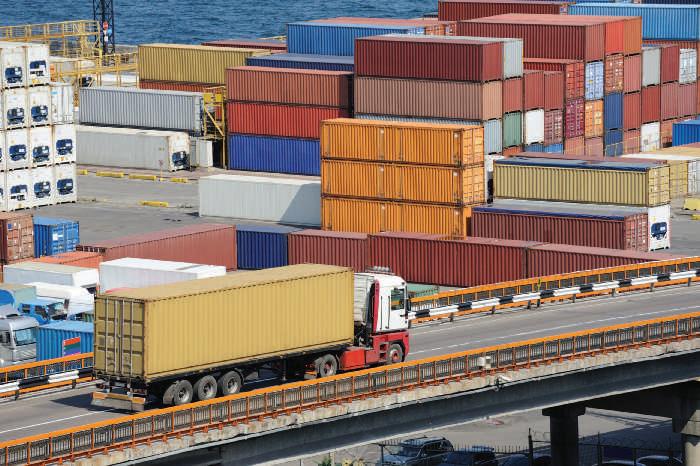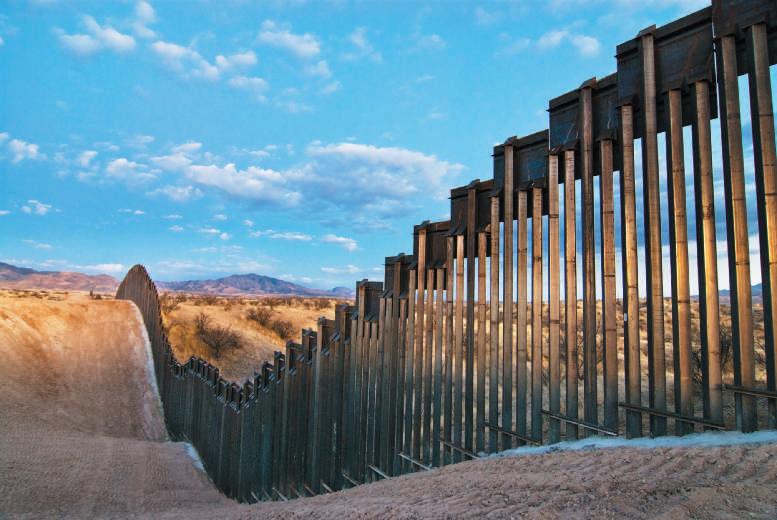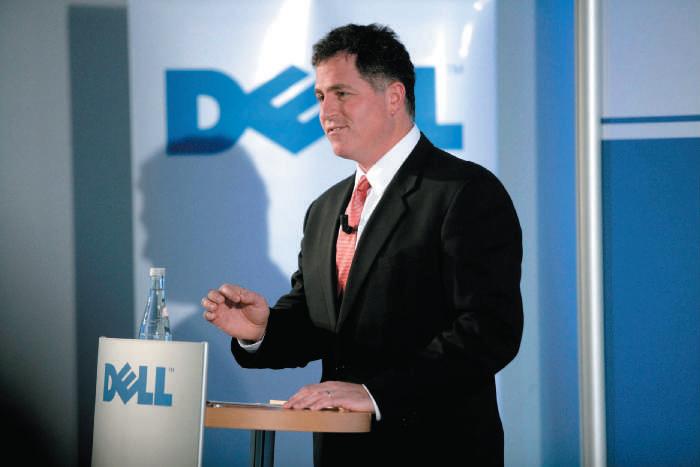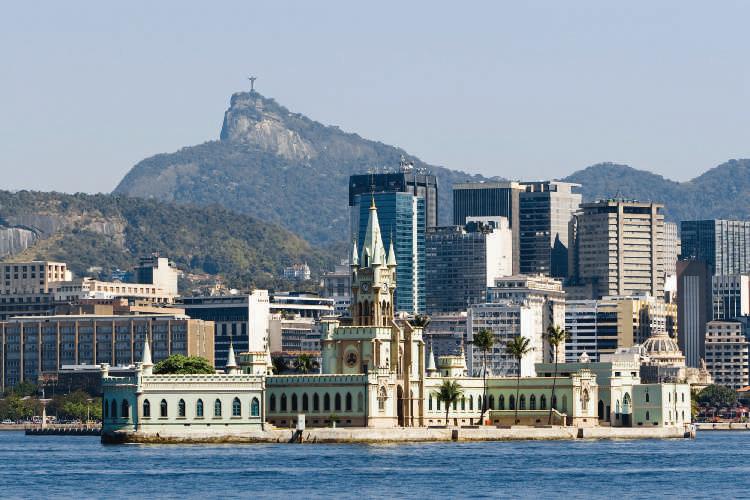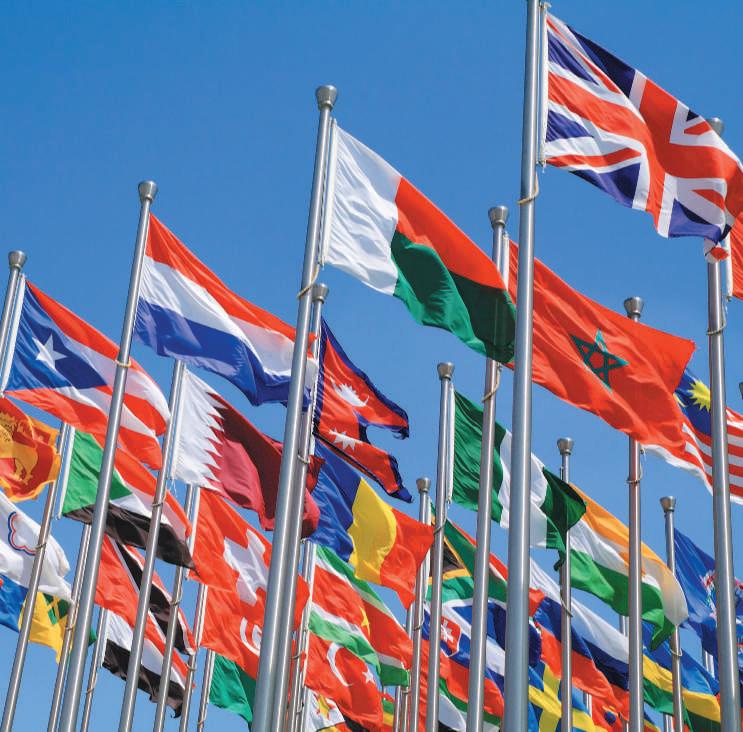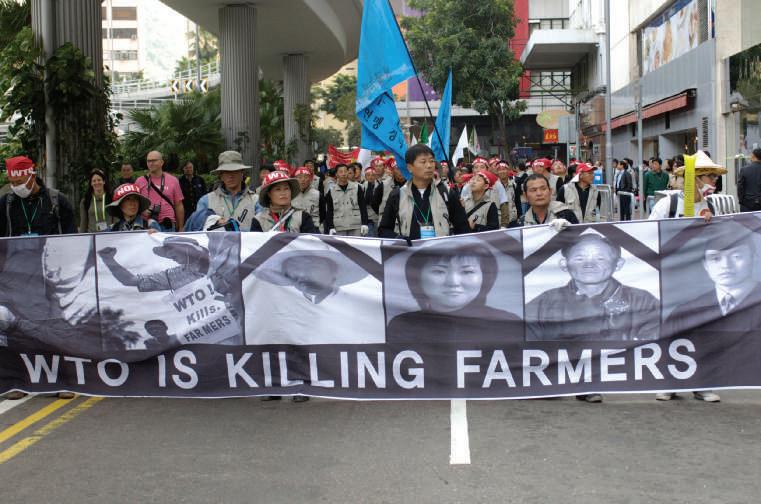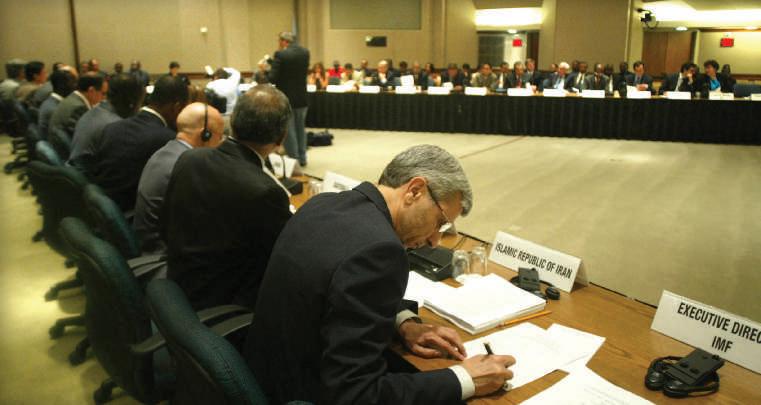12
C h a p t e r 1 T h e Ri s e o f G lo b a li z a t io n
The IMF recognizes the fact that the benefits of globalization are not without risks— such as those arising from the recent global credit crisis. The IMF works with countries to help them manage or reduce these risks through economic analysis and policy advice and through technical assistance in areas such as macroeconomic policy reforms, financial sector sustainability, and exchange rate management.
1-2b The World Bank Like its sister institution the IMF, the World Bank was conceived at the Bretton Woods Conference in 1944. The World Bank’s initial primary role was to aid the reconstruction of Europe after World War II; its first loan of $250 million was to France in 1947 for postwar reconstruction. Today, reconstruction and restructuring economies to make them efficient remain a major role of the Bank, along with poverty reduction. Also headquartered in Washington, DC, the Bank has become a bigger, broader, and far more complex organization than it was at its inception with the same membership countries as the IMF. Now called the World Bank Group, it encompasses five closely associated developmental institutions, presented in Table 1.1 by function. 1-2b-(i) The World Bank and Globalization The World Bank sees globalization as an opportunity to reach global solutions to national challenges.7 Concern for the natural environment coupled with the need for sustainable economic growth and development in developing countries has been embedded in the Bank’s work. As part of the Bank’s Strategic Framework, there are five focus areas that accommodate and facilitate the globalization process. First, trade expansion has been a leading factor in global integration, especially since the early 1970s. Several developing countries have participated in trade liberalization, but the gains from trade have been uneven, with Asian economies moving fast, while Africa in general has been less able to capitalize on world trade growth. Second, the Bank’s analytical and advisory role has been essential; supporting national policies to strengthen free-market institutions and infrastructure has provided the potential for creating large gains from trade. Third, the financial crises of 1997–1998 and 2008–2009 instigated broad agreements in the Bank that support international standards, especially in financial systems that are a necessary foundation in a global economy. The Bank participates in various forums with the IMF and other financial institutions to strengthen financial sectors (banking and capital markets) of member countries.
Table 1.1 The World Bank Group’s Developmental Institutions International Bank for Reconstruction and Development (IBRD)
Supports reconstruction and restructuring of member countries using funds raised in international capital markets
International Development Association (IDA)
Provides long-term low-interest social sector and infrastructure loans to the poorest members using foreign aid funds provided by the rich nation members
International Finance Corporation (IFC)
Provides loans and takes equity position in private companies of developing countries and works toward
capital markets
a stock exchange where longterm financial instruments such as stocks and bonds can be bought and sold
Multilateral Investment Guarantee Agency (MIGA)
Provides political risk coverage for private investments made in developing countries
International Center for the Settlement of Investment Disputes (ICSID)
Works on issues related to foreign investment disputes
© Cengage Learning 2014
developing capital markets in those economies
Copyright 2017 Cengage Learning. All Rights Reserved. May not be copied, scanned, or duplicated, in whole or in part. Due to electronic rights, some third party content may be suppressed from the eBook and/or eChapter(s). Editorial review has deemed that any suppressed content does not materially affect the overall learning experience. Cengage Learning reserves the right to remove additional content at any time if subsequent rights restrictions require it.









